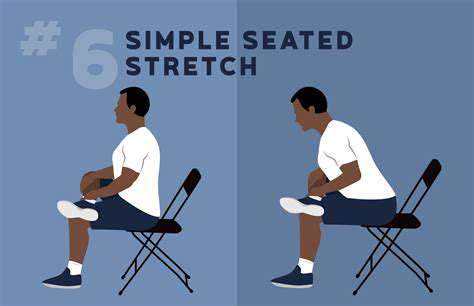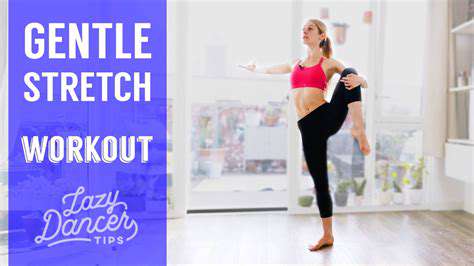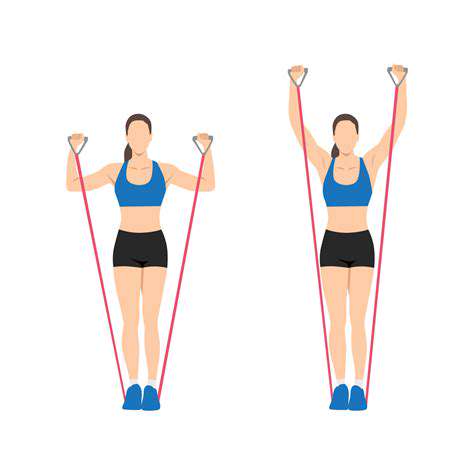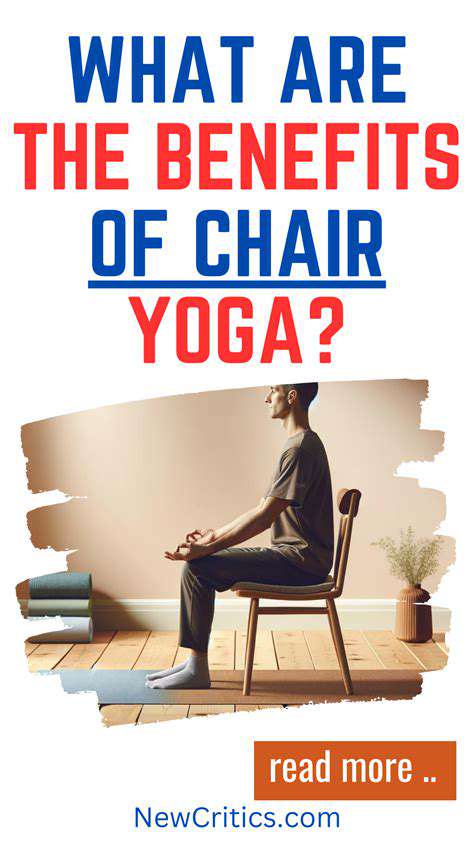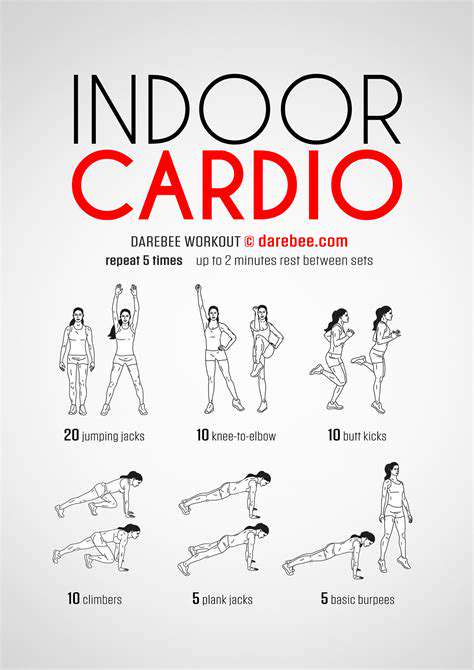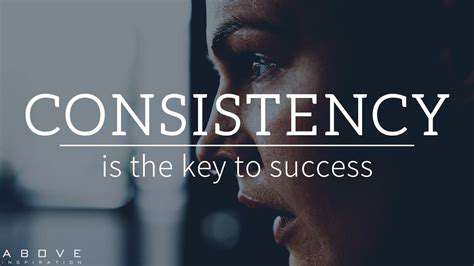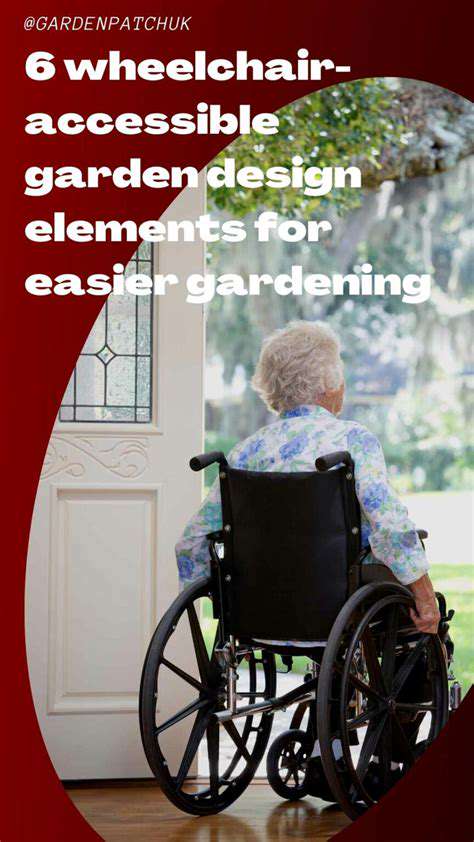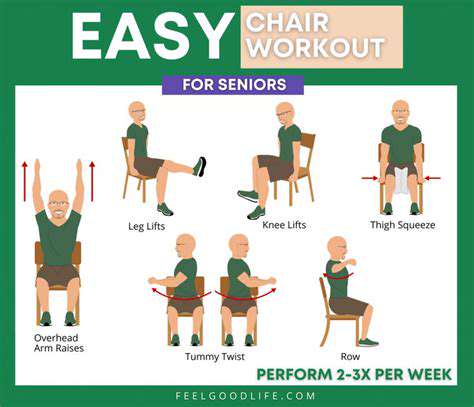How Can Seniors Improve Their Memory Through Exercise?
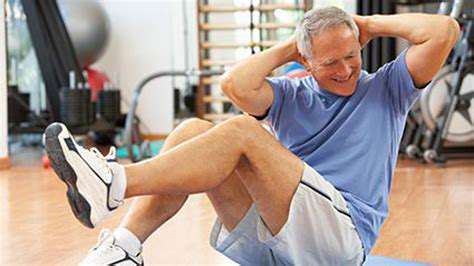
Aerobic Exercise and Cognitive Function
Aerobic exercise, encompassing activities that increase heart rate and breathing, plays a crucial role in maintaining optimal cognitive function. Regular engagement in such activities has been linked to improved memory, attention span, and overall cognitive performance. This is likely due to the physiological changes that occur during aerobic exercise, such as increased blood flow to the brain, which delivers essential nutrients and oxygen.
Studies have shown a strong correlation between consistent aerobic exercise and reduced risk of age-related cognitive decline and neurodegenerative diseases. This suggests that incorporating aerobic exercise into a routine could be a powerful preventative measure against cognitive impairment later in life.
Cardiovascular Health and Brain Health
A healthy cardiovascular system is intrinsically linked to healthy brain function. Aerobic exercise significantly improves cardiovascular health by strengthening the heart muscle, lowering blood pressure, and improving blood vessel function. These improvements directly benefit the brain by ensuring adequate blood flow and oxygen delivery, essential for optimal neuronal function.
Neurogenesis and Synaptic Plasticity
Aerobic exercise has been demonstrated to promote neurogenesis, the creation of new neurons, particularly in the hippocampus, a brain region crucial for memory and learning. This process is further enhanced by increased synaptic plasticity, the ability of synapses to strengthen or weaken over time.
These processes are crucial for maintaining cognitive flexibility and adaptability, allowing the brain to adapt and learn more effectively.
Stress Reduction and Mood Enhancement
Physical activity, including aerobic exercise, is a potent stress reliever. Exercise triggers the release of endorphins, natural mood boosters that combat stress and anxiety. These mood-enhancing effects of exercise can have a positive impact on cognitive function by creating a more conducive mental environment for learning and memory consolidation.
A positive mood state is often associated with improved focus and concentration, leading to better cognitive performance.
Improved Sleep Quality
Aerobic exercise can significantly improve sleep quality, leading to a more restorative night's sleep. Adequate sleep is essential for consolidating memories, processing information, and promoting overall cognitive function. Regular aerobic exercise can contribute to better sleep patterns, which translates to improved cognitive performance throughout the day.
The Importance of Consistency
To reap the cognitive benefits of aerobic exercise, consistency is key. While a single workout can offer some advantages, regular participation is crucial for long-term cognitive health. Establishing a consistent aerobic exercise routine is an investment in your brain's overall health and well-being.
Aim for at least 150 minutes of moderate-intensity or 75 minutes of vigorous-intensity aerobic activity per week for significant improvements in cognitive function.
Beyond the Gym: Incorporating Movement into Daily Life

Beyond the Weights: Building Strength in Everyday Life
Strength training isn't just about lifting heavy weights in the gym; it's a fundamental component of overall well-being that extends far beyond the gym walls. Incorporating strength-building activities into your daily routine can significantly improve your physical function, boost your metabolism, and enhance your quality of life. This involves activities like carrying groceries, climbing stairs, or even playing with your children. These seemingly mundane tasks become opportunities for strengthening your muscles and bones.
Daily tasks become more manageable and less taxing when your muscles are strong. This translates into increased energy levels and a reduced risk of injuries associated with everyday movements. Think about how much easier it would be to carry heavy bags or play with your children if you had the necessary strength.
The Power of Bodyweight Exercises
Bodyweight exercises are an excellent way to build strength without requiring any equipment. Push-ups, squats, lunges, and planks are just a few examples of effective bodyweight exercises that can be performed at home or in a park. These exercises target multiple muscle groups simultaneously, making them a highly efficient way to build strength and endurance.
Bodyweight exercises are accessible and adaptable to various fitness levels. You can easily modify the intensity of these exercises by adjusting the range of motion or the number of repetitions. This adaptability ensures that individuals of all ages and fitness levels can benefit from these exercises.
Integrating Movement Throughout the Day
Incorporating movement into your daily schedule is crucial for building strength and improving your overall health. Instead of sitting for extended periods, take short breaks to walk around, do some stretches, or perform a few quick bodyweight exercises. This simple habit can significantly improve your physical well-being.
Regular movement throughout the day can increase your energy levels and improve your mood. It also helps to prevent stiffness and pain associated with prolonged sitting. Even a few minutes of activity can make a positive difference.
The Importance of Proper Form
Maintaining proper form during exercises is essential to maximize results and prevent injuries. Learning the correct techniques for each exercise from qualified professionals or reliable online resources can help you avoid potential harm and ensure you're targeting the right muscles. This ensures that your workouts are effective and safe.
Proper form ensures that you are working the muscles effectively and avoiding strain on joints. It’s crucial to prioritize proper form over pushing yourself beyond your limits. This is critical for building strength sustainably and safely.
Beyond the Gym: Incorporating Functional Movements
Functional movements are crucial for everyday activities like lifting, carrying, and bending. Exercises like deadlifts, rows, and overhead presses, while often performed in gyms, can be adapted for home use with alternative exercises. These movements improve your ability to perform everyday tasks with greater ease and efficiency.
Functional movements prepare your body for the demands of daily life, allowing you to perform tasks more effectively and safely. This approach to exercise focuses on building strength that translates directly into real-world applications.
The Role of Nutrition in Strength Building
A balanced and nutritious diet is essential for supporting muscle growth and recovery. Protein is crucial for building and repairing muscle tissue, while carbohydrates provide the energy needed for workouts. Consuming adequate amounts of fruits, vegetables, and healthy fats ensures overall health and well-being.
The Mindset Shift: Embracing Strength Training
Developing a strong mindset is just as important as physical training. Adopting a positive attitude and being consistent with your workout routine is key to long-term success. Celebrating small victories and acknowledging the progress you make is essential for maintaining motivation. This positive mindset fosters a sustainable habit of strength training, which in turn leads to a healthier and more active lifestyle. This mental fortitude is a crucial component of a successful strength training journey.
